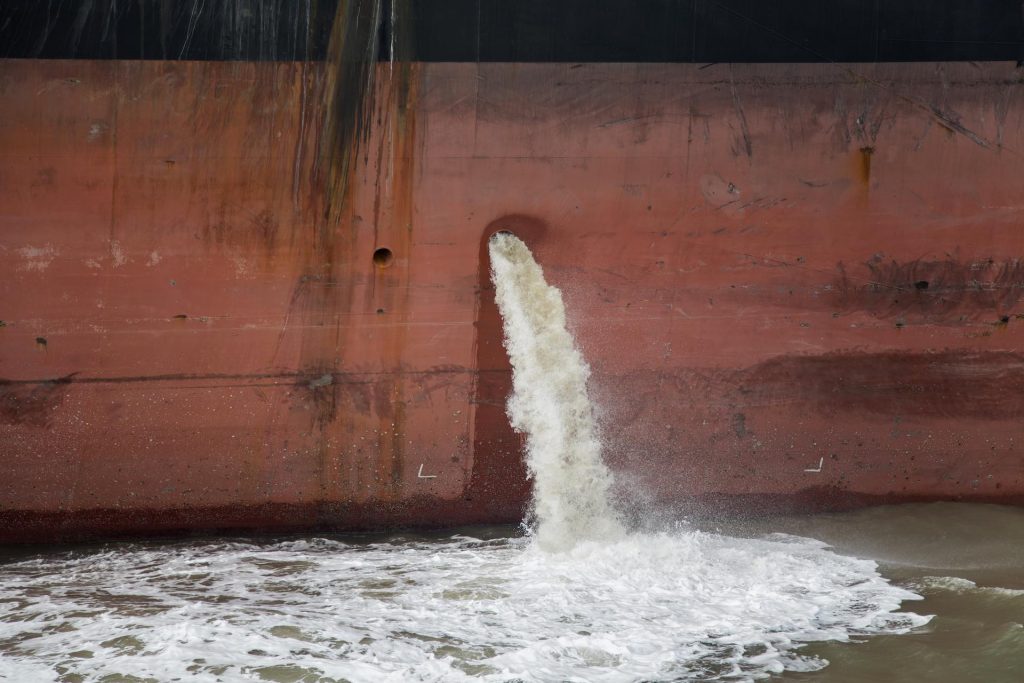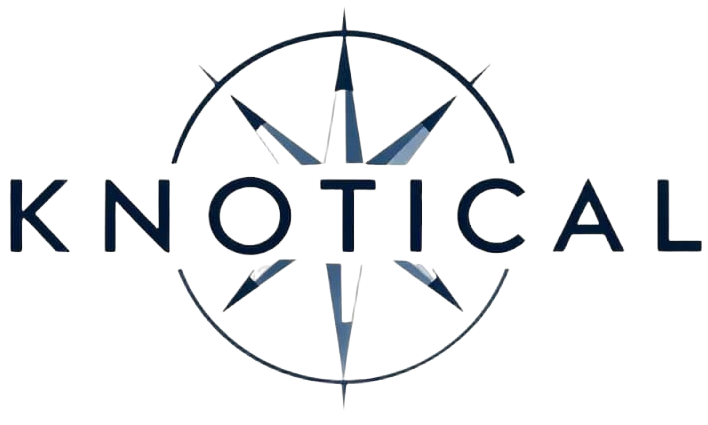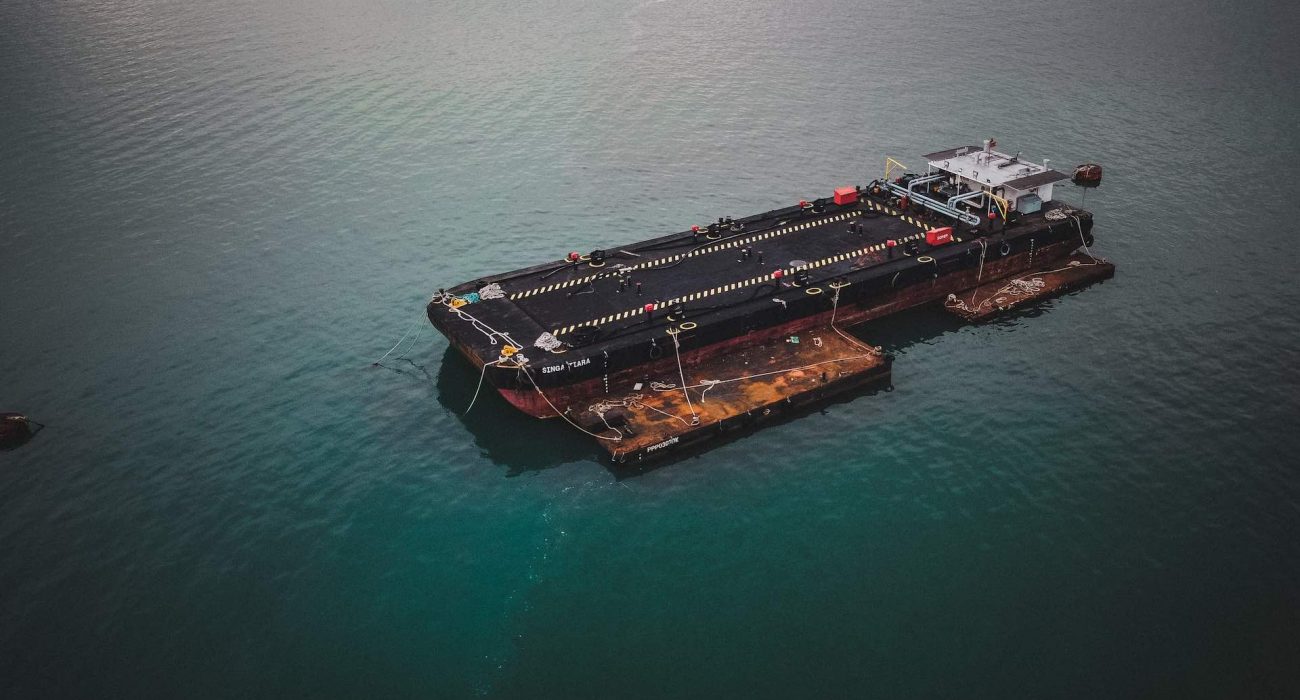Ballast Water Management and Dispensation Letters: Key Insights
The Ballast Water Management (BWM) regulations are essential for protecting marine ecosystems and preventing the spread of invasive species through ships’ ballast water. The Ballast Water Treatment System (BWTS) is designed to treat ballast water before discharge, ensuring that it meets specific standards. However, there are situations where a vessel may not be able to comply with the BWTS due to environmental conditions or operational challenges. In such cases, a Dispensation Letter may be required to allow the vessel to bypass the treatment system temporarily and remain in compliance with the regulations.
The need for a Dispensation Letter arises primarily in two situations: Reactive Bypass and Pre Emptive Bypass. Understanding these two types of bypasses is crucial for maritime operators to navigate compliance requirements.

Reactive Bypass
A Reactive Bypass occurs when a vessel unexpectedly encounters conditions that prevent the proper functioning of the BWTS. This could be caused by factors such as unusually low water salinity, high levels of suspended particles, or other circumstances that hinder the treatment process. In such instances, the vessel is not in a position to treat the ballast water, and therefore, the BWTS cannot be used as required by the regulations.
In these cases, the ship’s crew must document the event and make a record in the Ballast Water Record Book (BWRB). This ensures that there is a clear record of the issue and its impact on the BWTS operation. Importantly, no Dispensation Letter is required for a Reactive Bypass, as the situation is typically seen as an unavoidable operational challenge. The key to ensuring compliance in this scenario is proper documentation and maintaining transparency in the vessel’s operational logs.
Pre Emptive Bypass
A Pre Emptive Bypass is planned ahead of time when a vessel’s crew anticipates that the BWTS will not function as required due to expected conditions. For example, the vessel may be heading into waters where water quality is known to be unsuitable for treatment (e.g., low salinity or high contamination levels). In this case, the vessel’s operators can take proactive measures and request a Dispensation Letter from the relevant authorities before entering the affected region.
This Dispensation Letter serves as official approval to bypass the BWTS under specific conditions. It is important to note that the Dispensation Letter must be obtained prior to entering the affected area, and it should be presented to the port authorities if requested. The bypass and the issuance of the Dispensation Letter must also be documented in the Ballast Water Record Book to ensure transparency and compliance with international maritime regulations.
The Role of the Dispensation Letter
A Dispensation Letter essentially grants temporary relief from the Ballast Water Treatment System’s requirements under specific circumstances. It is a critical document in situations where the BWTS is not feasible due to environmental conditions, mechanical issues, or other challenges. However, its issuance depends on a formal request and must be processed and approved by the relevant maritime authorities.
To maintain compliance with the Ballast Water Management Convention, vessels are required to submit a request for a Dispensation Letter ahead of time for any anticipated pre-emptive bypass. Additionally, the ship’s crew must ensure that all bypass events, whether reactive or pre-emptive, are fully documented in the Ballast Water Record Book. This documentation serves as evidence of the vessel’s adherence to the regulations and its efforts to manage ballast water responsibly.
Conclusion
The Ballast Water Management system plays a vital role in protecting marine environments from invasive species and pollutants. While the use of the Ballast Water Treatment System is generally mandatory, there are instances when conditions make treatment impossible. In such cases, a Dispensation Letter can provide the necessary exemption for vessels to continue operating in compliance with international standards. Understanding the differences between Reactive and Pre-Emptive Bypass, and ensuring the proper documentation and request for a Dispensation Letter, is essential for maritime operators to navigate these compliance requirements effectively and responsibly.

